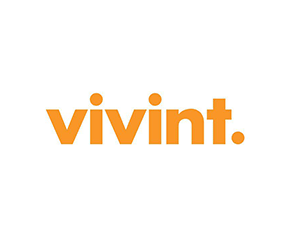Top Children’s Book Illustrator
These illustrators bring stories to life through engaging and vibrant visuals that complement the narrative, capturing the imaginations of young readers.
BRANDS THAT
TRUST DEVS.COM





How to Hire Rockstar Children’s Book Illustrators
Talk to our experts
One of our experts will discuss your requirements, your goals and the team dynamics needed to reach them
We will Hand pick candidates
Devs.com will then select the candidates that match the qualifications and requirements that you have provided
Work with a top Children’s Book Illustrator
Within a week, we will have matched you with a top Children’s Book Illustrator that is on our network to work with your team
Looking for specific skills from a Children’s Book Illustrator?
You may need a certain combination of skills for your Children’s Book Illustrator. We will be able to help you search for the right person by tailor-fitting our search to match all the skillsets that you require.
What is a Children’s Book Illustrator?
A Children’s Book Illustrator is a creative professional who specializes in creating visual artwork for children’s books. These illustrators bring stories to life through engaging and vibrant visuals that complement the narrative, capturing the imaginations of young readers. Their illustrations may include characters, scenes, and thematic elements that resonate with the target age group, contributing to the overall storytelling experience. Children’s Book Illustrators collaborate closely with authors, publishers, and editors to ensure that the illustrations enhance the narrative and appeal to the intended audience, fostering a love for reading in young minds.
How do you become a Children’s Book Illustrator?
- Artistic Education: Pursue formal education in art, illustration, or a related field to develop foundational skills in drawing, composition, and storytelling through visual elements.
- Specialize in Children’s Illustration: Focus on specialized training or coursework in children’s book illustration to understand the unique requirements and nuances of creating visuals for young readers.
- Create a Children’s Book Illustration Portfolio: Build a portfolio showcasing your best children’s book illustrations. Include examples that demonstrate your ability to convey emotions, capture the essence of a story, and create engaging characters for children.
- Submit to Publishers and Agents: Submit your portfolio to publishers, literary agents, or participate in illustration contests to gain exposure and opportunities for collaboration on children’s book projects.
- Networking and Collaboration: Network within the children’s book industry, attend book fairs, connect with authors and publishers, and actively seek collaboration opportunities to build a professional presence in the field.
Skills needed to be a Children’s Book Illustrator:
- Character Design: Ability to create endearing and relatable characters that resonate with children and enhance the storytelling experience.
- Understanding of Child Development: Familiarity with child psychology and development to tailor illustrations to the cognitive and emotional levels of the target age group.
- Color Palette Mastery: Mastery of color theory to create visually appealing and vibrant illustrations that capture the attention of young readers.
- Visual Storytelling: Proficiency in visual storytelling, using illustrations to convey narrative elements, emotions, and the overall flow of the story.
- Adaptability to Different Genres: Ability to adapt artistic styles to suit different genres within children’s books, whether it’s picture books, middle-grade novels, or young adult fiction.
- Digital Illustration Tools: Familiarity with digital illustration tools and software, such as Adobe Illustrator or Procreate, for creating and editing illustrations efficiently.
- Typography and Layout: Knowledge of typography and layout design to effectively integrate text with illustrations, considering page composition and readability.
- Attention to Detail: Keen attention to detail to create intricate and captivating illustrations that encourage young readers to explore the visual elements of the book.
- Collaboration and Communication: Effective communication and collaboration skills to work closely with authors, editors, and publishers, ensuring that the illustrations align with the vision of the book.
- Empathy and Sensitivity: Empathy and sensitivity to understand the emotions and perspectives of young readers, infusing illustrations with warmth and relatability.


